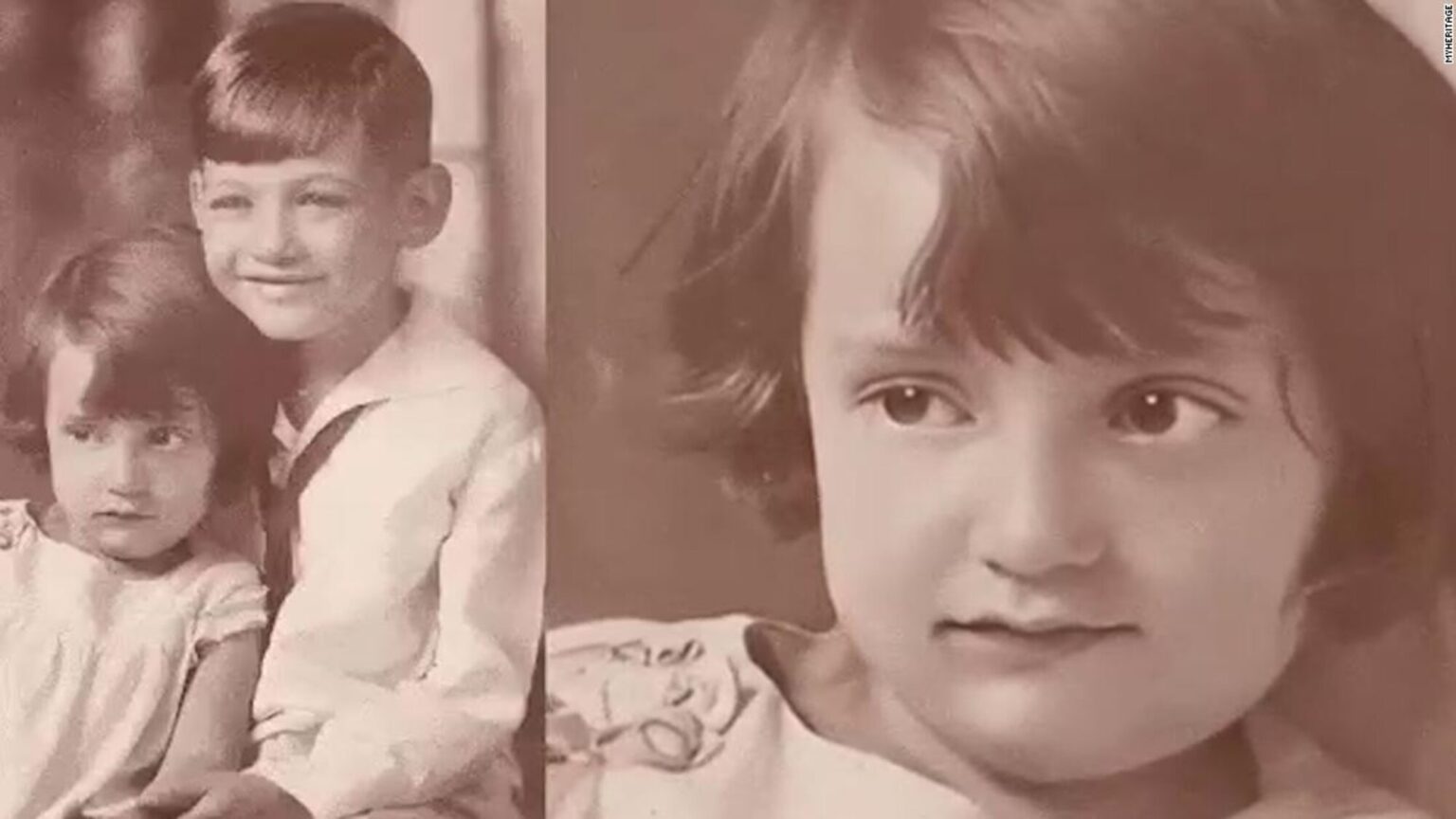
Is My Heritage just another way to mine data for deep fakes?
Deep fakes have been all the controversy lately amidst the ever-growing improvement of technology, and now the MyHeritage ancestry service has reminded us of just how advanced technology has gotten over the years. On February 25, MyHeritage launched a new feature on their site called Deep Nostalgia, and it’s incredibly fascinating, but we’ll admit also a bit creepy at the same time. See for yourself here.
"Thank you for giving us a feel of what they may have been like!" https://t.co/9jQb55RHkt #DeepNostalgia #FamilyPhotos pic.twitter.com/e9ulI3oFE3
— MyHeritage (@MyHeritage) March 5, 2021
Bringing the dead back to life
Using the power of the artificial intelligence technique known as deep learning, the Deep Nostalgia feature recently released on the MyHeritage site is able to manipulate still photos of people to make them appear to be moving, smiling, and blinking like a normal, human being. Since it is an ancestry service, members of the site are able to use the software to turn photos of their late relatives into life, and it’s quite fascinating.
Aside from giving MyHeritage users the option to make their deceased ancestors who’ve lived years & years before them be able to smile, blink, and move around in their old photos, the Deep Nostalgia feature can also be applied to just anything that has a face in general, which include portrait paintings or even statues as well. In a statement released on March 4, the site said over ten million faces have been animated so far.
On March 4, this new technology revolutionizing the future of deep fakes also broke records when the ancestry site’s mobile app became the most downloaded free app in America on the Apple App Store. The company admitted they did not expect their new feature to become so popular, but it seems like everyone couldn’t help but want a taste of the deep fake tech.
"For those of us that have never seen (or seen little of) our family members, it’s nothing short of AMAZING!" See what all the #DeepNostalgia hype is about: https://t.co/9jQb55RHkt pic.twitter.com/TltWLm3aXJ
— MyHeritage (@MyHeritage) March 4, 2021
The future of deep fakes
If you want to have an idea of just how much people are loving this new type of tech, demand for the MyHeritage app since the launch of the new feature was so high that stability issues were experienced within the software for the first few days after its launch. While it may be fun to turn your favorite Renaissance painting into real life, the rise of deep fakes raises many concerns in our ever-growing digital age.
Newsweek reported that: “Deep fakes have given rise to fears that cyber-criminals could use them to harm the reputation of others by making them appear to say or do things they haven’t. Some examples feature a fake Barack Obama appearing to call Donald Trump a “complete dips***.” Others are used in pornography, giving rise to ethical concerns”.
The conversation about deep fakes also went viral recently after a TikTok user named @deeptomcruise posted a video of a man playing golf and speaking to the camera, looking and sounding exactly like Tom Cruise despite not being the actor himself. The video reached millions of views, and the person ended the video saying: “If you like what you’re seeing, just wait ’till what’s coming next”.
@deeptomcruise Sports!
What MyHeritage had to say
Deep fakes raise many questions & concerns from people which revolve not just around ethical concerns, but also with many wondering if these types of features are just ways for companies to retrieve & sell our data. While these questions still remain unanswered for the most part, MyHeritage did acknowledge how the technology is quite controversial and released a statement on the matter.
The ancestry service wrote: “While many love the Deep Nostalgia feature and consider it magical, others find it uncanny and are uncomfortable with the results. Our driver videos don’t include speech in order to prevent abuse of this feature, such as the creation of ‘deep fake’ videos of living people”.



